
Can Bike Riding Reduce Belly Fat? Proven Tips to Burn Fat Faster
Bike riding — including e-bike riding — is an effective and accessible way to burn belly fat, increase calorie burn, and boost overall fitness. With consistent cycling or assisted pedalling, you can reduce stubborn abdominal fat while improving core strength and cardiovascular health. This guide explains how cycling helps belly-fat loss and the best workouts to get results faster.
Can Bike Riding Reduce Belly Fat?
Yes — regular cycling can help burn belly fat. By cycling for belly fat consistently, you create a calorie deficit that supports fat loss while improving metabolism and core strength. Cycling creates a natural calorie deficit, which is essential for fat loss, and its low-impact design allows you to burn calories for longer without stressing your joints. Regular rides boost your metabolism, increase daily energy expenditure, and make it easier to lose stubborn abdominal fat while improving overall fitness.
What Type of Belly Fat Does Cycling Reduce?
Cycling can help reduce both types of belly fat — visceral fat and subcutaneous fat — but it is especially effective at targeting abdominal visceral fat, the deeper and more harmful kind linked to heart disease and metabolic issues.
Visceral fat sits around your internal organs and responds well to aerobic exercise like cycling because it improves insulin sensitivity, boosts fat oxidation, and raises your heart rate for sustained periods.
Subcutaneous fat, the softer fat just under the skin, also decreases with consistent cycling and overall calorie burn.
Because cycling is low-impact, easy to maintain, and ideal for longer sessions, it’s one of the most effective ways to reduce dangerous visceral belly fat while gradually lowering overall body fat.
How Cycling Helps Reduce Belly Fat: The Science
Cycling supports belly-fat reduction through several powerful physiological mechanisms. First, each ride significantly increases calorie expenditure, helping you achieve the calorie deficit required for fat loss. Cycling also boosts fat oxidation, enabling your body to use stored fat — including abdominal fat — more efficiently as fuel. Because it activates major muscle groups such as the legs, glutes, and core, cycling raises overall energy demand, leading to higher daily calorie burn.
Higher-intensity sessions trigger EPOC (Excess Post-Exercise Oxygen Consumption), often called the afterburn effect, where your body continues burning calories long after your ride ends. Additionally, regular cycling improves hormonal balance by reducing stress levels and supporting healthier appetite regulation, creating an environment that makes long-term belly-fat loss more effective and sustainable.
Best Cycling Workouts to Burn Belly Fat
A strategic mix of cycling workouts can dramatically increase calorie burn, improve metabolic flexibility, and accelerate belly-fat reduction. These cycling for belly fat workouts, including Zone 2 rides, HIIT, and indoor cycling, maximize calorie burn, target visceral fat, and improve overall fitness.
1. Steady Zone 2 Rides (Fat-Burning Endurance)
Zone 2 training — riding at a comfortable pace where you can still hold a conversation — is the most effective foundation for burning belly fat.
Duration: 45–90 minutes
Frequency: 3–5 sessions per week
Riding in Zone 2 improves aerobic capacity, boosts your ability to use stored fat as a primary fuel source, and increases mitochondrial efficiency. Because these rides are low-stress and low-impact, they promote consistent calorie burn without causing fatigue or overtraining. Over time, this leads to steady reductions in both visceral and subcutaneous abdominal fat.
2. HIIT for Cyclists (Maximum Belly-Fat Reduction)
High-Intensity Interval Training is one of the fastest ways to reduce belly fat, especially the deeper visceral fat linked to metabolic health issues.
Example: 30 seconds sprint + 60–90 seconds easy pedalling, repeated 6–10 times.
HIIT dramatically increases heart rate, calorie expenditure, and the afterburn effect (EPOC), allowing your body to burn calories and fat long after you finish riding. These intervals improve metabolic health, enhance insulin sensitivity, and help you shed stubborn abdominal fat more quickly than steady riding alone.
3. Fasted Morning Rides (Optional Strategy)
Fasted cycling can help experienced riders increase fat oxidation, meaning your body taps into stored belly fat more efficiently. This is most effective for short, low-to-moderate intensity rides performed before breakfast.
Fast training may benefit riders aiming to improve metabolic flexibility, but it’s not for everyone. Beginners, those with low blood sugar sensitivity, or cyclists planning high-intensity sessions should avoid fasted workouts because they can cause fatigue, dizziness, or poor performance.
4. Indoor Cycling for Consistency and Structure
Indoor cycling is ideal for riders looking to burn belly fat consistently, especially during busy periods or poor weather. By eliminating traffic, terrain changes, and interruptions, indoor sessions allow you to maintain precise heart-rate zones, follow structured fat-loss workouts, and stay on track year-round.
Indoor riding also supports targeted training such as Zone 2 endurance sessions, interval workouts, and cadence drills — all of which increase overall calorie burn and help reduce abdominal fat. Its convenience makes it easier to maintain weekly training volume, a key factor in achieving noticeable fat loss.
Nutrition for Losing Belly Fat While Cycling
To lose belly fat with cycling, maintain a moderate calorie deficit and focus on whole foods, fiber, and lean protein to fuel your rides and support fat loss.
Create a Moderate Calorie Deficit
Creating a moderate calorie deficit of around 300–500 kcal per day is the most effective and sustainable way to lose belly fat while maintaining strong cycling performance. This level of reduction allows your body to burn stored abdominal fat without causing fatigue, intense hunger, or slowdowns in metabolism that often happen with aggressive dieting. A steady, controlled deficit supports consistent energy levels on rides, better recovery, and long-term weight management — all essential for reducing stubborn visceral belly fat safely and effectively.
Eat More Whole Foods, Fibre & Lean Protein
A diet rich in whole foods, high-fibre ingredients, and lean protein helps improve satiety, reduce cravings, and support fat loss while fuelling your cycling routine. Lean proteins aid muscle repair and keep hunger controlled, while fibre from fruits, vegetables, legumes, and whole grains stabilises blood sugar and prevents overeating. These nutrient-dense foods provide steady energy for longer rides, improve recovery, and support a healthier metabolism, making it easier to reduce both visceral and subcutaneous belly fat.
Pre- and Post-Ride Fueling Tips
Proper pre- and post-ride nutrition helps you train effectively while staying aligned with your belly-fat-loss goals. Before riding, choose light, slow-release carbohydrates if you need extra energy, or ride fasted for short, low-intensity sessions if it suits your routine. After your ride, prioritise lean protein to support muscle repair and add quality carbohydrates to replenish energy stores without overeating. Balancing fuel timing ensures you recover well, maintain training quality, and avoid the common trap of consuming more calories than you burn, which can slow belly-fat reduction.
Lifestyle Habits That Accelerate Belly-Fat Loss
Prioritise 7–9 Hours of Sleep
Getting 7–9 hours of quality sleep each night is one of the most effective yet overlooked habits for reducing belly fat. Lack of sleep disrupts appetite-regulating hormones, increases cravings for high-calorie foods, and slows post-ride recovery, making it harder to stay in a calorie deficit. Poor sleep can also elevate cortisol — a stress hormone linked to abdominal fat storage — while adequate rest supports muscle repair, stable energy levels, and more effective fat burning during your cycling sessions.
Manage Stress & Cortisol Levels
Chronic stress raises cortisol levels, which is strongly associated with increased abdominal fat and difficulty losing weight. Managing stress is essential for both health and fat loss, and cycling naturally supports mental well-being by improving mood, reducing anxiety, and providing a consistent outlet for physical release. Complement your rides with simple daily stress-management habits such as deep breathing, stretching, mindfulness sessions, or light evening walks. These routines help regulate cortisol, curb emotional eating, and create a more balanced environment for sustained belly-fat loss.
Track Your Progress
Monitoring your progress helps you stay consistent and understand how your body is responding to training and nutrition. Simple methods like taking monthly waist measurements, tracking body-fat trends, or noting improvements in your cycling performance provide a clearer picture than relying only on scale weight. Seeing progress in endurance, speed, power output, or recovery time is a strong indicator that you’re burning fat and improving metabolic health. Regular tracking keeps you motivated, highlights what’s working, and helps you adjust your plan for continued belly-fat reduction.
Why Adding Strength Training Speeds Up Belly-Fat Loss
Adding strength training to your weekly routine is one of the most effective ways to speed up belly-fat reduction because lean muscle increases your resting metabolic rate, allowing you to burn more calories even on rest days. More muscle also supports better cycling efficiency, helping you produce more power, maintain stronger posture over long distances, and reduce fatigue. Strength training complements your rides by improving joint stability, reducing injury risk, and enhancing overall performance. Some of the best strength exercises for cyclists include:
-
Squats and lunges for leg power
-
Deadlifts for posterior-chain strength
-
Glute bridges and hip thrusts for stability and climbing ability
-
Planks and core rotations for a stronger, more balanced trunk
Including two to three short strength sessions per week creates a powerful combination of improved metabolism, better riding performance, and faster reductions in both visceral and subcutaneous belly fat.
Cycling vs Walking: Which Is Better for Belly-Fat Loss?
Cycling is generally more effective than walking for belly-fat loss because it burns more calories per hour and allows you to maintain higher intensities for longer. The larger muscle engagement in cycling boosts energy expenditure, helping reduce both visceral and subcutaneous belly fat more efficiently. Walking is still valuable for beginners, recovery days, and increasing daily movement without adding fatigue. Combining both is ideal — cycling drives faster fat loss, while walking raises your overall activity level and supports consistent calorie burn.
How Long Does It Take to Lose Belly Fat With Cycling?
Initial changes from cycling often appear quickly, but they are usually due to water and glycogen loss rather than actual fat reduction. Real belly-fat loss occurs gradually over weeks to months, depending on training intensity, frequency, and nutrition. A healthy and sustainable rate is typically around 0.3–0.5 kg per week, which helps preserve muscle and avoid metabolic slowdown. Consistency and progressive training are crucial — regular rides combined with gradual increases in duration or intensity ensure ongoing calorie burn and effective reduction of both visceral and subcutaneous belly fat.
Boost Belly-Fat Loss With isinwheel Electric Bikes
Using an isinwheel e-bike makes cycling easier and more effective for burning belly fat. The U2 model is our top pick, thanks to its long range, powerful motor, and flexible speed settings, allowing longer, high-intensity rides without fatigue. Below is a comparison of top isinwheel models to help you choose the best e-bike for fat-burning rides:
|
Images |
 |
 |
 |
 |
 |
 |
|
Models |
||||||
|
Top Speed |
20 MPH |
20 MPH |
18.6 MPH |
21.7 MPH |
19 MPH |
20 MPH |
|
Peak Power |
500W |
500W |
500W |
500W |
500W |
750W |
|
Battery |
36V 7.8Ah |
36V 13Ah |
36V 7.8Ah |
36V 10.4Ah |
36V 10.4Ah |
36V 10.4Ah |
|
Max Range |
28 miles |
65 miles |
35 miles |
60 miles |
55 miles |
55 miles |
|
Speed (before unlock) |
10/15/25 km/h |
6/10/15/20/25 km/h |
10/15/25 km/h |
6/10/15/20/25 km/h |
6/10/15/25 km/h |
6/10/15/20/25 km/h |
|
Speed (after unlock) |
15/25/32 km/h |
10/15/20/25/32 km/h |
15/25/30 km/h |
6/10/15/20/35 km/h |
15/25/30 km/h |
10/15/20/25/32 km/h |
|
Brake System |
front and rear disc brakes |
mechanical brake |
disc brakes |
mechanical disc brakes |
dual disc brakes |
dual disc brakes |
|
Max Load |
120 kg |
120 kg |
120 kg |
150 kg |
120 kg |
120 kg |
|
Net Weight |
23.2 kg |
27 kg |
23.3 kg |
27kg |
26.5 kg |
28.4 kg |
|
Suspension |
Rear mid shock absorber |
Front suspension |
Adjustable front fork + comfort saddle |
Hydraulic fork |
Dual |
Aluminum front fork |
|
Max Climb |
20% |
37% |
25% |
20% |
20% |
20% |
|
Tire Size |
14×1.95" |
26×1.95" |
16×1.75" |
26×1.95" |
16×2.15" |
26×1.95" |
|
Tire Type |
Pneumatic |
Pneumatic |
Pneumatic |
Pneumatic |
Pneumatic |
Pneumatic |
|
IP Rating |
IPX4 |
IP65 |
IPX65 |
IPX5 |
IPX4 |
IPX4 |
|
Removable Battery |
No |
Yes |
No |
Yes |
Yes |
Yes |
|
Rider Height |
150–185 cm |
160–192 cm |
155–185 cm |
160–190 cm |
140–180 cm |
150–192 cm |
Conclusion
Can bike riding reduce belly fat? Yes — regular cycling, including on an isinwheel electric bike, helps burn calories, target visceral fat, and boost overall metabolism. Pairing rides with smart nutrition, proper recovery, and healthy lifestyle habits makes belly-fat reduction effective and sustainable. For an easier, longer, and more consistent fat-burning ride, the isinwheel U2 is our top pick, offering long range, powerful motor support, and adjustable speeds to help you achieve your belly-fat loss goals efficiently.
FAQs
How long should I ride a bike to lose belly fat?
To lose belly fat, aim for 30–60 minutes of moderate-intensity cycling per session, three to five times per week, gradually increasing duration and intensity. Using an isinwheel electric bike can make longer rides easier and help maintain consistent fat-burning sessions.
What exercise burns the most belly fat?
The most effective exercises combine cardio, like cycling or running, with strength training, as this maximizes calorie burn, boosts metabolism, and targets visceral fat efficiently.
Does cycling flatten your stomach?
Yes — regular cycling helps reduce abdominal fat and tone the core, especially when paired with a balanced diet and consistent aerobic or resistance workouts.
Which exercise machine burns the most belly fat?
The most effective machines for burning belly fat are those that allow sustained cardiovascular exercise, including treadmills, stationary bikes, ellipticals, and rowing machines. These workouts engage large muscle groups, boost metabolism, and maximize calorie burn. For an easier and low-impact alternative, isinwheel electric bikes help you extend rides, maintain higher intensity for longer, and support consistent belly-fat reduction.
The Latest Posts
Explore isinwheel products
City E Scooter | Off-Road Scooter
Fastest Scooter | Kids Scooters




















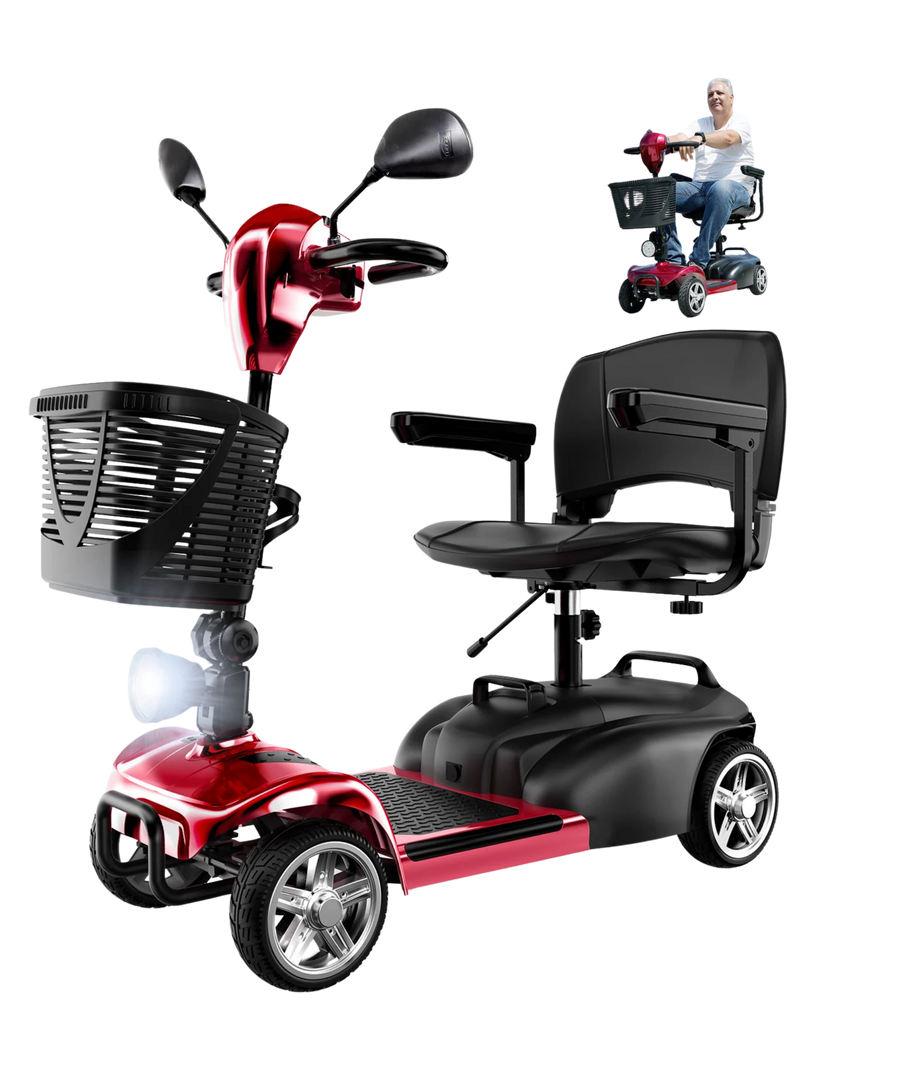
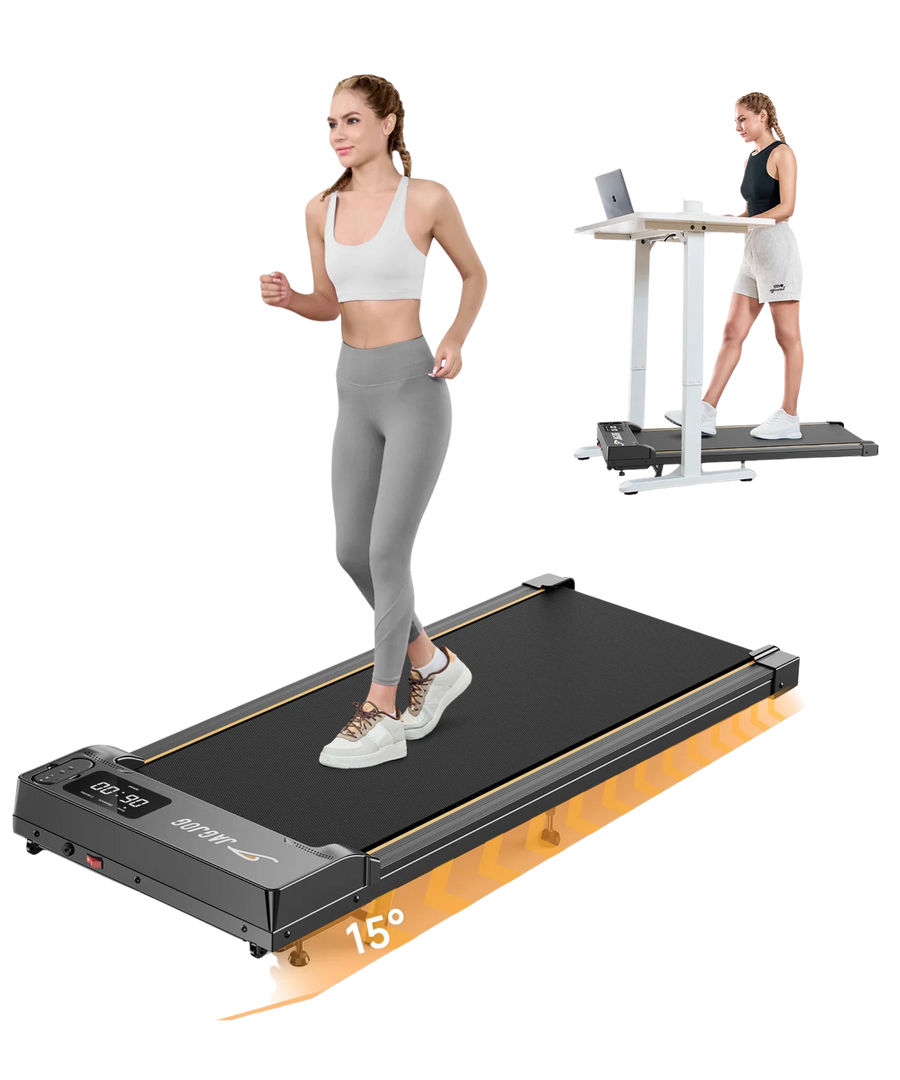

























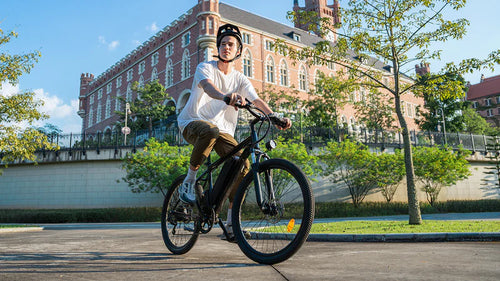




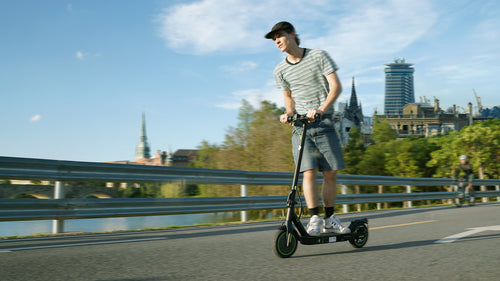


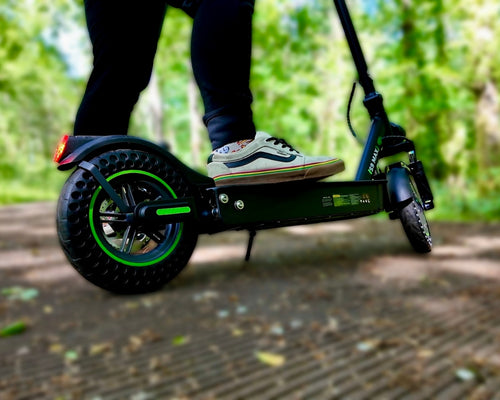
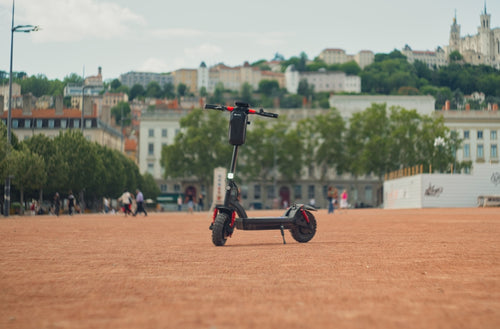
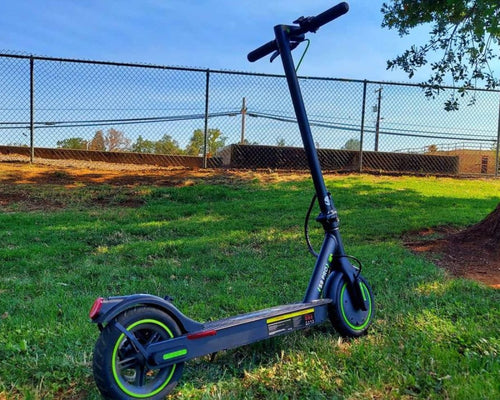





Leave a comment